Pink Kousa Dogwood Tree
$109.50 Original price was: $109.50.$76.65Current price is: $76.65.
- Free Shipping over $25
- Fast & reliable delivery options
- Enjoy top quality items for less
- Multiple safe payment methods

Although not native to America, the Kousa Dogwood Tree has been described as ‘the ultimate garden tree’ because it combines outstanding flowering at a time when other spring trees have finished, with fall color that rivals the red maple, and an adaptability that makes it easier to grow than our own, native, dogwood tree. Planted as a lawn specimen, or on the edge of a woodland, it is truly a glory, even if the flowers are usually just white. We say ‘usually’, because there is an outstanding variety of this tree, from Japan, that has wonderful pink flowers and must therefore be the ‘most ultimate garden tree of them all’. This is the Pink Kousa Dogwood, a tree that you simply must find a home for in your garden.
Growing the Pink Kousa Dogwood
Size and Appearance
The Pink Kousa Dogwood develops into a graceful small tree, reaching 15 or 20 feet in height, with a similar spread. It begins with a single trunk, but later develops multiple main branches, spreading into a broad vase-shaped plant, with layering foliage and spreading branches. It can become wider than it is tall. Even in winter this tree is beautiful, with the delicate tracery of the branches against the sky, and the main trunk and limbs developing beautiful patterns of gray, soft tan and muted oranges, as sections of the bark are shed in irregular patches. The leaves are dark green with a mat surface, and they are broad, tapering to a graceful tip. Leaves are between 2 and 3½ inches long, and 1 to 2 inches across at the widest point. In fall the leaves turn stunning shades of yellows, oranges, and reds, challenging the best colors of the red and sugar maples. If your garden is too small for a maple, but you love fall color, then this tree is the answer for you.
The Pink Kousa Dogwood flowers 2 or 3 weeks after our native dogwood, so it extends the ‘dogwood’ season beautifully. So, add one to your garden, even if you already grow the American flowering dogwood. The flowers are so profuse that the leaves are almost completely hidden, and each one is 2 to 4 inches across. The ‘flowers’ of all flowering dogwoods are actually 4 modified leaves, called ‘bracts’, surrounding a central cluster of tiny flowers without petals. Each bract is broad and flat, and almost round, with a small pointed tip. These bracts are attractive over several weeks, giving a long flowering season, especially in cooler weather. The exact shade of pink you see on your tree depends on your local climate, your soil and growing conditions, and where in your garden you place it. Plants in cooler conditions, with good moisture, will be darker pink, and if the weather turns hot and dry, they will be lighter pink. The color tends to darken, rather than fade, as the flowers age. Each year the colors may be different, but they will always be beautiful, and seeing exactly how your tree will look each year adds to the excitement of the blooming season.
When the blooms fade the central cluster of true flowers, which were greenish during ‘flowering’, grows into a strawberry-like red fruit on a long stalk. These decorate the tree from late summer into fall, and they are edible, but not very tasty. Eventually, they provide useful winter food for local birds. All in all, something interesting is always happening with this tree, so it really is a great garden addition.
Hardiness
The Pink Kousa Dogwood will grow well in zones 5 to 8, over a large part of the country. It grows well in the northeast, the northwest, and the southeast, but it is a little trickier in the Midwest and in areas with long periods of dry heat.
Sun Exposure and Soil Conditions
This tree prefers richer soils, with plenty of organic material in them, and the soil should be moist but well-drained. Even mature trees appreciate water during extended dry periods, and young trees should be watered regularly in the summer. Acidic or neutral soil is preferred, and very alkaline soils are not so suitable. Full sun is accepted if the soil is moist, but in hotter zones locations with afternoon shade are preferred. Places like the east-facing edge of a wooded area are ideal locations, or out on a lawn with afternoon shade from nearby larger trees.
Despite what sounds like a lot of restrictions, this tree is more adaptable and forgiving than the American dogwood. If you have had trouble growing that tree, give this one a try – you will probably be very happy with the result. A very valuable feature of this tree, as compared to our native flowering dogwood, Cornus florida, is that the foliage is resistant to powdery mildew. Even more importantly, this tree is resistant to anthracnose, a serious and lethal disease that has decimated dogwoods in many parts of the country. Other pests and diseases are usually not problems, and deer normally leave these trees alone.
History and Origin of the Pink Kousa Dogwood
The Pink Kousa Dogwood is a very special form of the kousa dogwood, Cornus kousa var. chinensis, which is the Chinese form of a tree that was first described from Japan and Korea. The pink-flowering variety called ‘Miss Satomi’ was named after the granddaughter of the Japanese nurseryman who found this plant, perhaps as a seedling. We don’t know when that was, but the tree arrived in the West during the 1980s. It is also sometimes called simply ‘Satomi’, ‘Rosabella’ and ‘New Red’. These are all the same tree, which was awarded the coveted Award of Garden Merit by the Royal Horticultural Society of the UK, in 1991.
Buying the Pink Dogwood at The Tree Center
Pink blooms are much rarer in the Kousa Dogwood than in the American dogwood, and this is an outstanding tree. Our stock of trees like this always sells fast, so order right away, as they will be gone very soon.
Be the first to review “Pink Kousa Dogwood Tree” Cancel reply
Related products
Flowering Trees
Crape Myrtle Trees
Dogwood Trees
Crape Myrtle Trees
Crape Myrtle Trees
Flowering Trees
Crape Myrtle Trees
Dogwood Trees

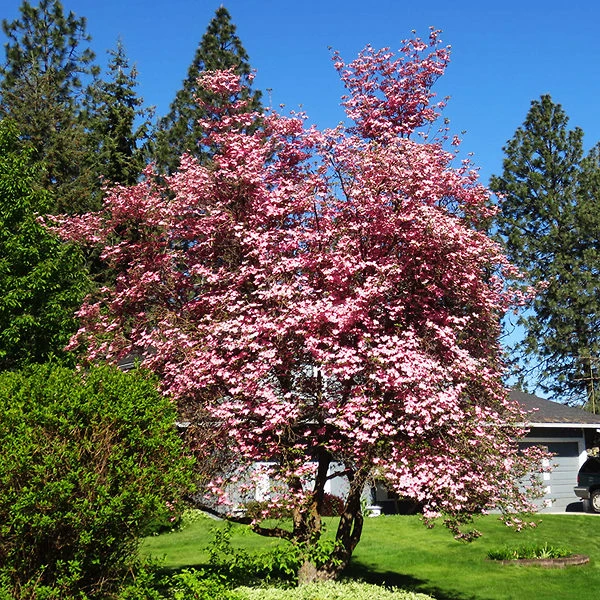
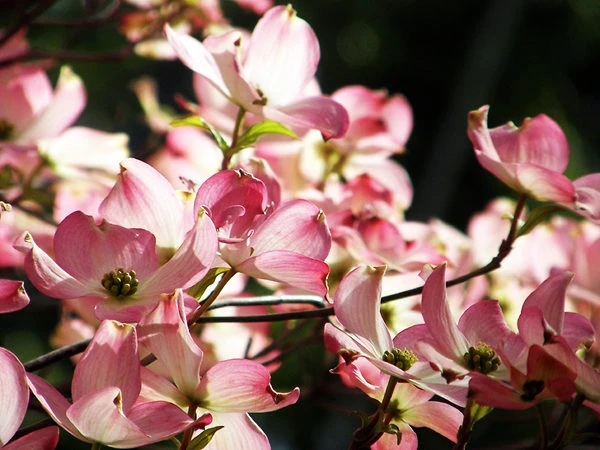
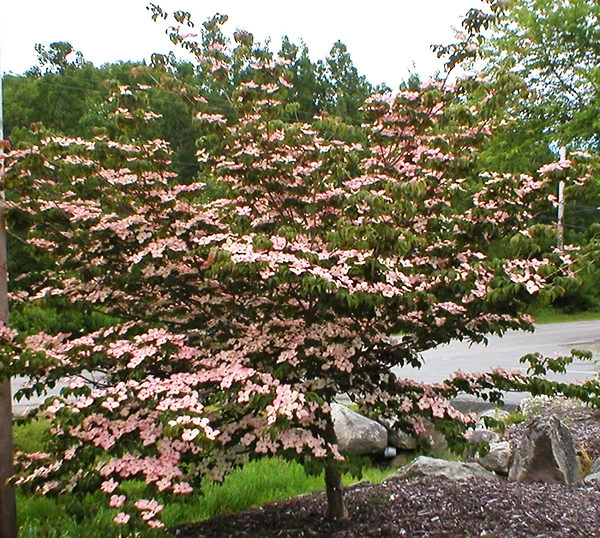

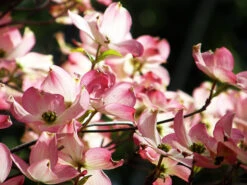
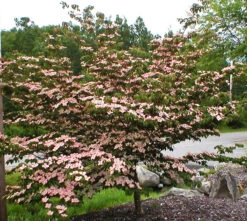
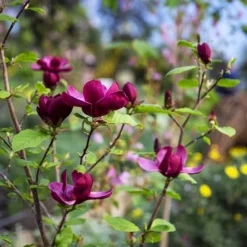



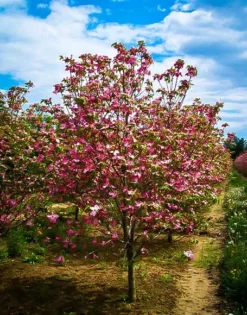

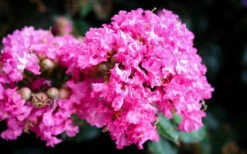
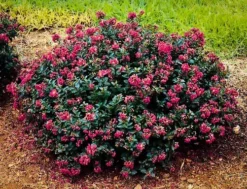
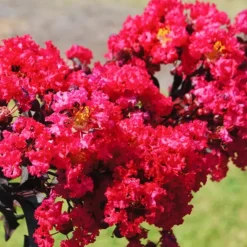

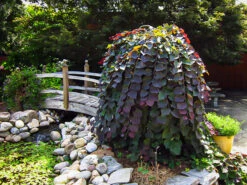
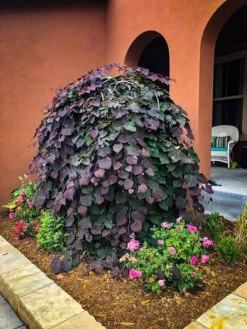
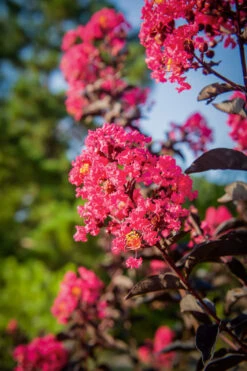


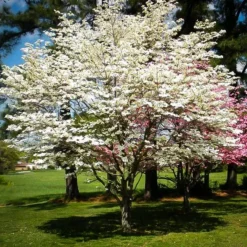
Reviews
There are no reviews yet.